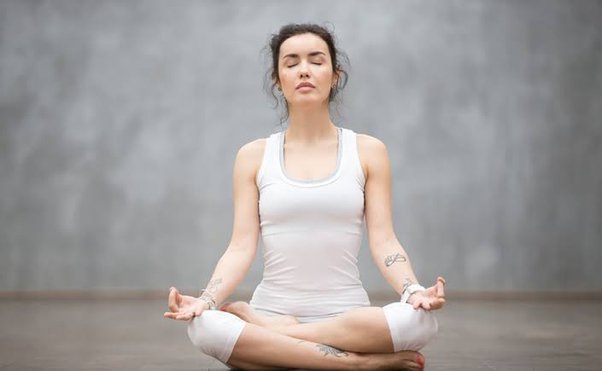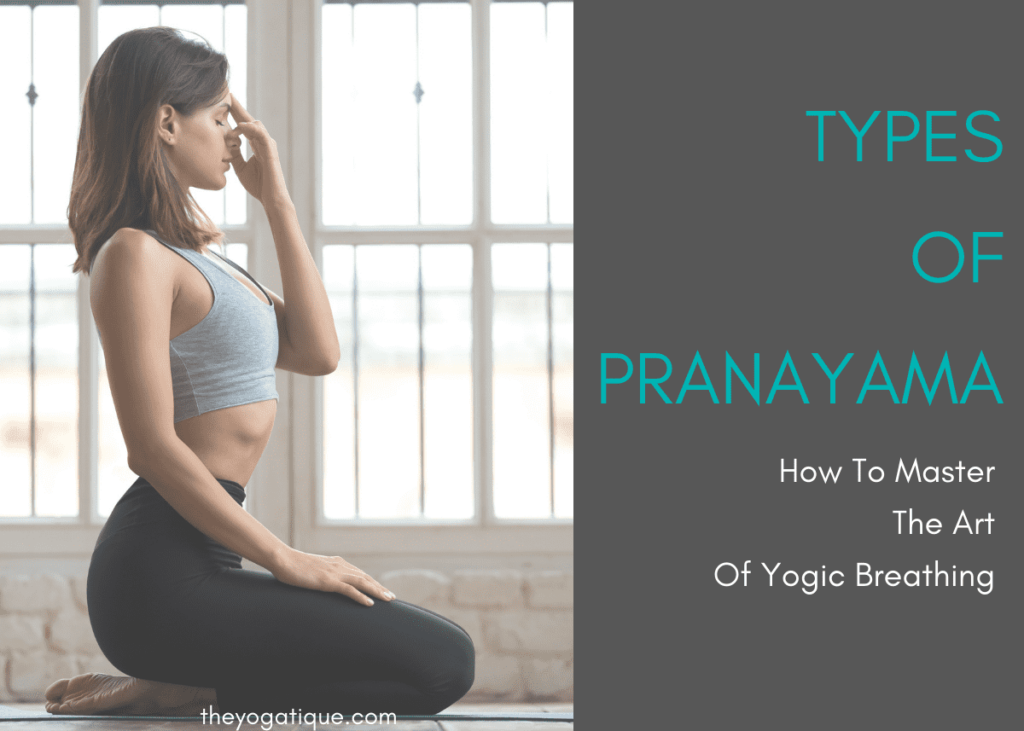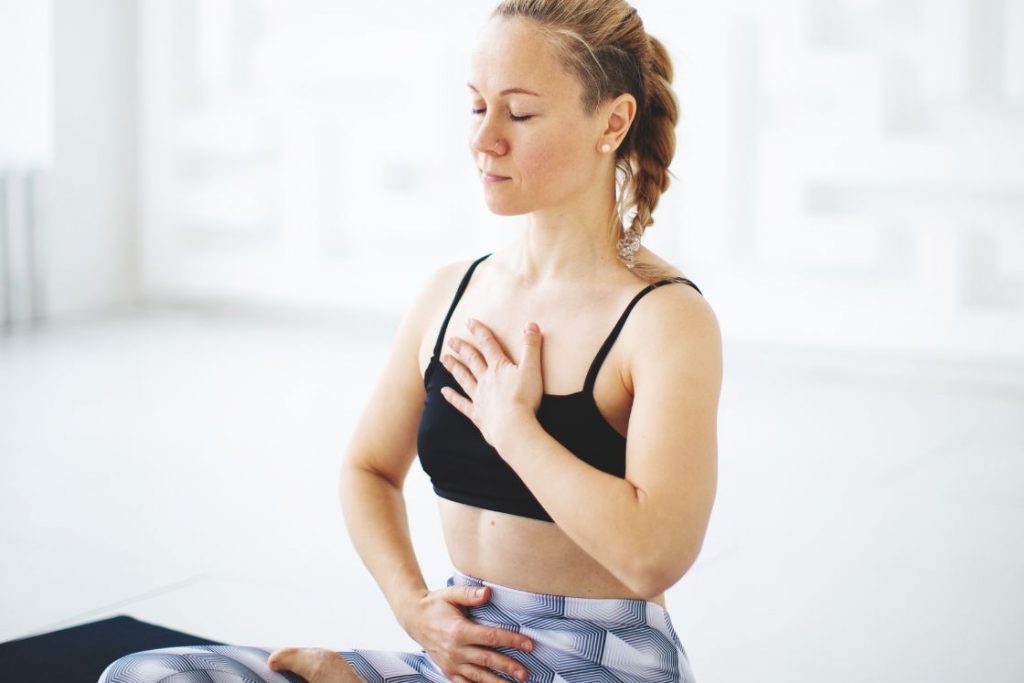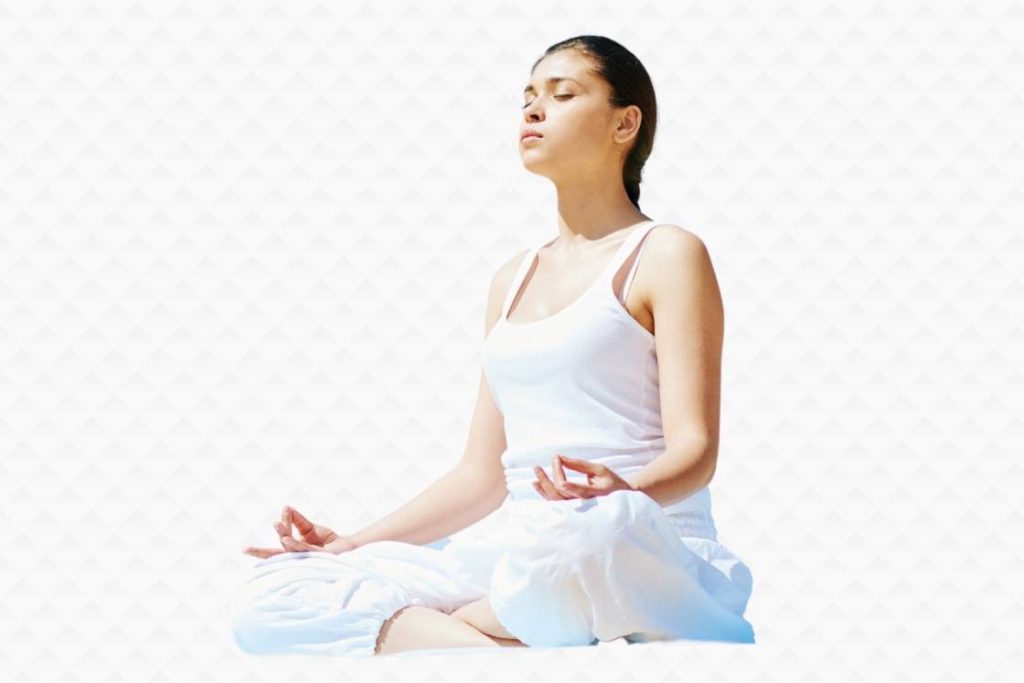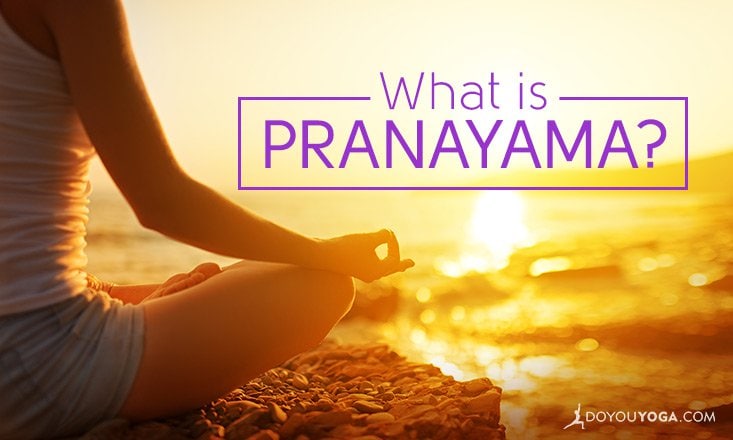High blood pressure is a condition that has no symptoms but can put you at risk of developing heart disease. Hypertension, also known as high blood pressure, should not be ignored. Patients with high blood pressure are at a higher risk of heart disease and stroke.
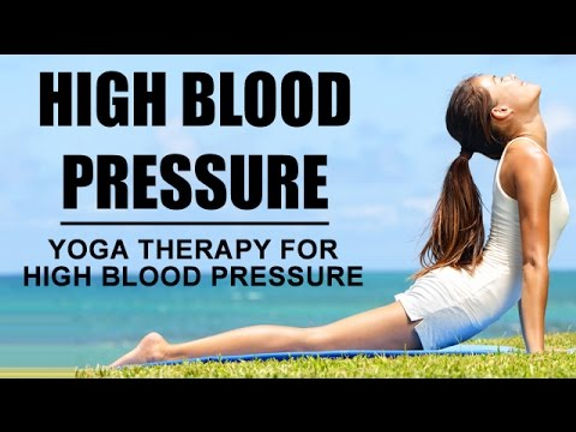
Sedentary lifestyle, poor diet, obesity, smoking, stress, family history, and other factors can all contribute to high blood pressure. A healthy diet and regular exercise can help you keep your blood pressure under control. Yoga is another natural and safe way to control hypertension.
Yoga is an ancient method of staying fit that can help you with a variety of health issues. Everyone is looking for which asana is helpful in maintaining normal blood pressure or best pranayama for high blood pressure ? Below we will walk you through one by one.
High blood pressure: Yoga asanas to control hypertension
1. Child pose or Balasana or shashakasana
Hypertension patients can benefit from the child pose. It can provide relief from a variety of factors that contribute to high blood pressure. This asana relieves stress while also improving blood circulation throughout the body.
Controlled breathing while performing this asana promotes relaxation and relieves stress in the neck and shoulders.
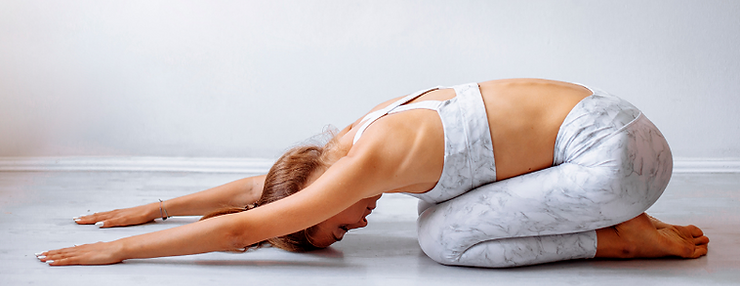
Precautions For Child pose or Balasana or Shashakasana
Before you come to this asana, make sure you’re dressed comfortably. Because this asana puts a lot of strain on your stomach, a Diarrhea patient may have negative side effects. As a result, if you have diarrhoea, you should avoid doing Balasana.
2. Sukhasana or easy pose
It is a popular yoga asana for breathing control. This pose relieves high blood pressure by promoting a calm mind and reducing stress. A calm mind promotes physical health. This asana stretches the back and neck as well. It will also improve your body’s posture.
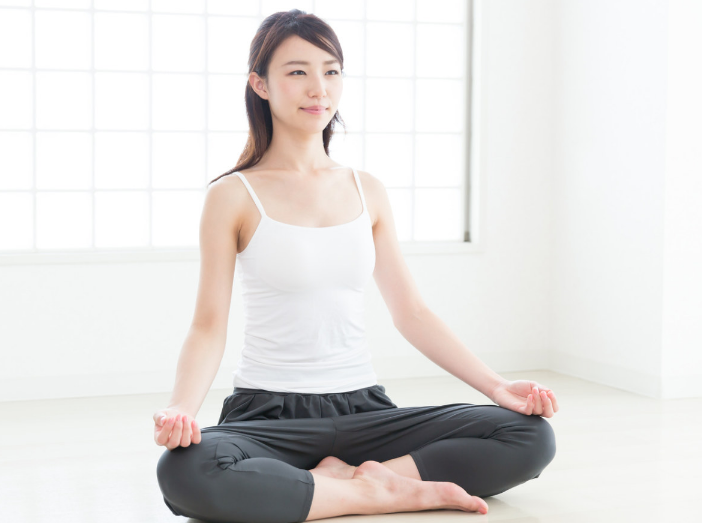
Precautions For Sukhasana or Easy Pose
In the event of a knee injury, this should not be done.
If you have sciatica, stay away from it.
It’s also not a good idea to do it if you have a sacral condition.
It should not be done if you have a slipped disc.
3. Shavasana
Shavasana, also known as corpse pose, is a complete relaxation pose. This is one of the simplest poses to try if you want to lower your blood pressure. Shavasana soothes the mind, relieves stress, relaxes the body, and alleviates headaches, fatigue, and insomnia.
All of these are risk factors for high blood pressure. Shavasana lowers blood pressure by controlling these factors.
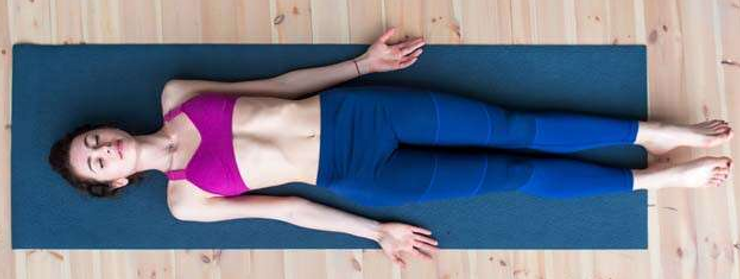
Precautions For Shavasana
While in Savasana, avoid moving your body because it will disrupt the practise and increase your distractions.
Make sure you’re doing it on a flat, hard surface.
This should be done in a setting that is both calm and relaxing.
4. Bhujangasana (Cobra pose)
Cobra pose, also known as Bhujangasana, aids in the circulation of blood and oxygen. This pose also helps to relieve stress and improves heart health. This pose will give you more flexibility. Asthmatics may benefit from the cobra pose as well.
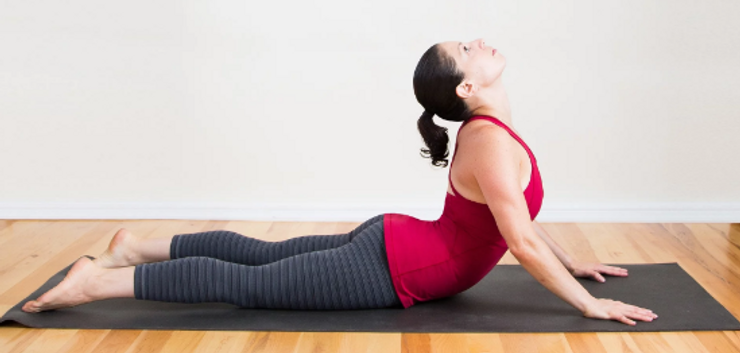
Precautions For Bhujangasana
Don’t hold your body in a stiff position.
It should not be done by pregnant ladies.
Don’t put too much pressure on yourself to practise it.
Because your buttocks tend to tense up naturally during Cobra stance, keep them loose.
Make sure your arms aren’t straight.
5. Setubandhasana (Bridge pose)
Bridge pose also helps to control blood pressure. It relaxes the mind and relieves stress. This asana is also beneficial in the treatment of mild depression. Bridge pose is beneficial for abdominal organs, lungs, menstrual pain, fatigue, headache, and anxiety, in addition to high blood pressure.
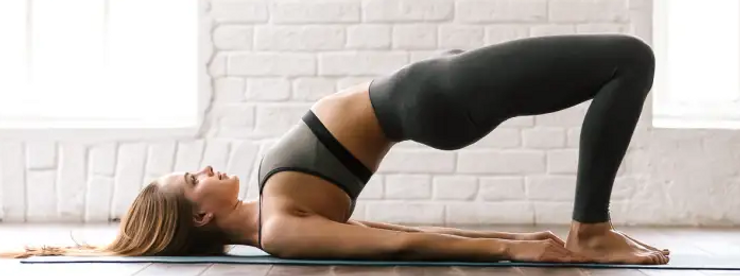
Precautions For Setubandhasana
If you have neck problems, you should avoid doing this pose.
It should be avoided if you have a back injury.
If you have knee pain, skip the yoga pose.
If you have a shoulder injury, stay away from it.
While in the stance, avoid turning your head right or left.
[……]
Read more
